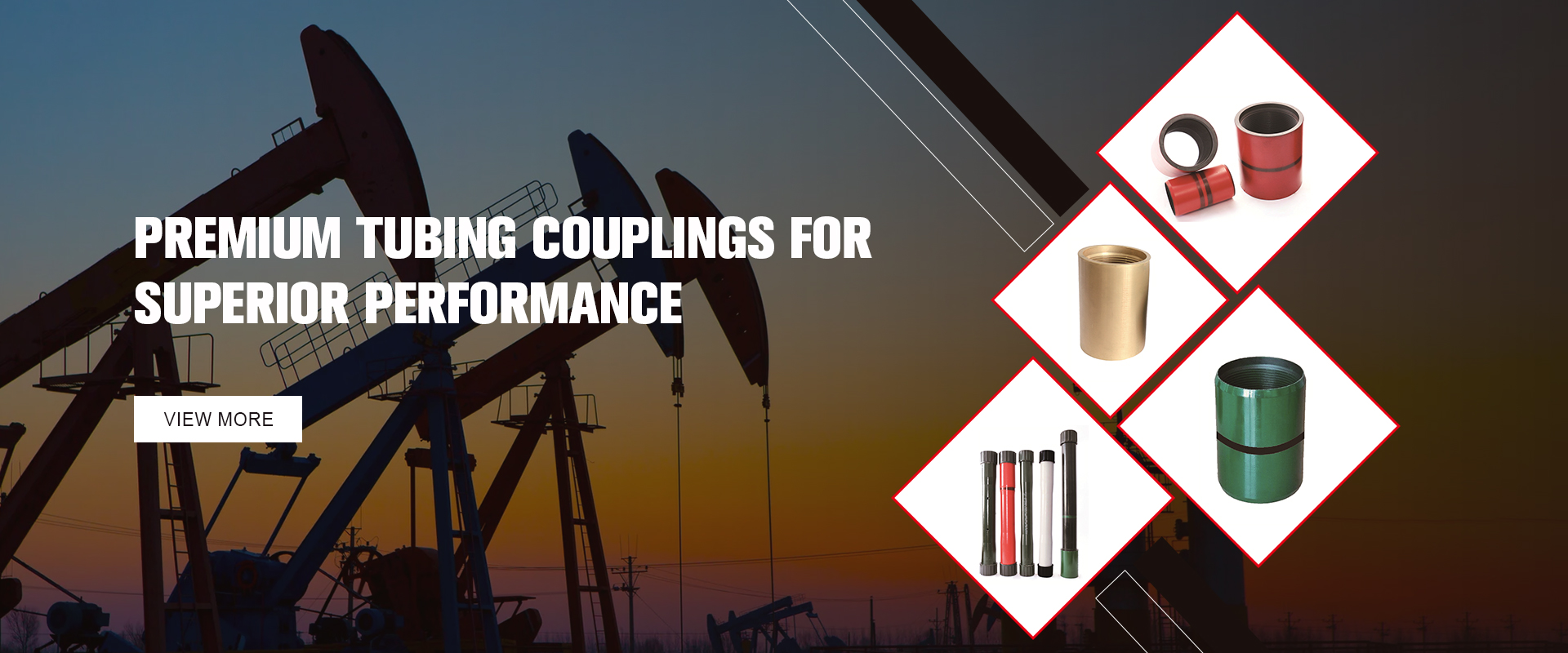- Afrikaans
- Albanian
- Amharic
- Arabic
- Armenian
- Azerbaijani
- Basque
- Belarusian
- Bengali
- Bosnian
- Bulgarian
- Catalan
- Cebuano
- Corsican
- Croatian
- Czech
- Danish
- Dutch
- English
- Esperanto
- Estonian
- Finnish
- French
- Frisian
- Galician
- Georgian
- German
- Greek
- Gujarati
- Haitian Creole
- hausa
- hawaiian
- Hebrew
- Hindi
- Miao
- Hungarian
- Icelandic
- igbo
- Indonesian
- irish
- Italian
- Japanese
- Javanese
- Kannada
- kazakh
- Khmer
- Rwandese
- Korean
- Kurdish
- Kyrgyz
- Lao
- Latin
- Latvian
- Lithuanian
- Luxembourgish
- Macedonian
- Malgashi
- Malay
- Malayalam
- Maltese
- Maori
- Marathi
- Mongolian
- Myanmar
- Nepali
- Norwegian
- Norwegian
- Occitan
- Pashto
- Persian
- Polish
- Portuguese
- Punjabi
- Romanian
- Russian
- Samoan
- Scottish Gaelic
- Serbian
- Sesotho
- Shona
- Sindhi
- Sinhala
- Slovak
- Slovenian
- Somali
- Spanish
- Sundanese
- Swahili
- Swedish
- Tagalog
- Tajik
- Tamil
- Tatar
- Telugu
- Thai
- Turkish
- Turkmen
- Ukrainian
- Urdu
- Uighur
- Uzbek
- Vietnamese
- Welsh
- Bantu
- Yiddish
- Yoruba
- Zulu
Exploring the Latest Innovations in Casing and Tubing Connections for Enhanced Oilfield Operations
Understanding Casing and Tubing Connections in Oil and Gas Operations
In the oil and gas industry, casing and tubing are vital components that play a crucial role in the overall well construction and production process. These components ensure the integrity and safety of wells, facilitating the extraction of hydrocarbons from underground reservoirs. A significant aspect of both casing and tubing is the connections that join these pipes, as their design and performance can substantially impact operational efficiency and safety.
Casing and Tubing Overview
Casing is a series of steel pipes inserted into a drilled borehole, providing structural support to the well and preventing the walls from collapsing. It also isolates various underground formations, protecting groundwater and ensuring safe operations. Casing is usually installed in sections, and each section must then be connected to the next using specialized joints or connections.
Tubing, on the other hand, is the pipe through which the hydrocarbons flow from the reservoir to the surface. It is smaller in diameter compared to casing and is located inside the casing. The primary purpose of tubing is to facilitate the efficient transport of oil and gas, while also providing a pathway for well interventions such as repairs, fracturing, and stimulation.
Types of Connections
There are various types of connections used for casing and tubing, each designed to handle specific pressures, loads, and environmental conditions.
1. Threaded Connections This is the most traditional method, where male and female threaded ends are screwed together. While simple and effective, threaded connections can be prone to galling and damage, particularly in high-pressure environments.
casing and tubing connections

2. Welded Connections In this type, the pipe ends are welded together, creating a robust and permanent joint. Welded connections are less susceptible to leaks and are often used in high-pressure applications. However, they require careful inspection and quality control during fabrication to ensure the integrity of the weld.
3. Flanged Connections Flanges are a type of mechanical fastening that allows for easy assembly and disassembly. They are typically used in temporary installations or where frequent maintenance is required. However, flanged connections can be bulkier and may be subject to leaks if not properly sealed.
4. Mechanical Connections These involve the use of mechanical devices designed to create a tight seal between joint ends. They offer the advantages of being quick to install and easy to inspect, making them increasingly popular in modern applications.
Importance of Connection Integrity
The integrity of casing and tubing connections cannot be overstated. A failure in these connections can lead to catastrophic consequences, including blowouts, leaks, and significant environmental damage. Therefore, careful selection of connection types, combined with rigorous testing and quality assurance measures, is paramount in ensuring operational safety.
Methods such as pressure testing, non-destructive testing (NDT), and regular inspections are integral to maintaining the integrity of these connections throughout the life of the well. By proactively identifying potential issues, operators can significantly reduce the risk of failure, thus protecting personnel, the environment, and their investments.
Conclusion
In conclusion, casing and tubing connections are fundamental to the success of oil and gas operations. By understanding the various types of connections and their specific applications, industry professionals can make informed decisions that enhance operational reliability and safety. As technology advances, the development of more sophisticated connection techniques will further improve the efficiency and integrity of casing and tubing, ultimately supporting the responsible extraction of energy resources.
-
Tubing Pup Joints: Essential Components for Oil and Gas OperationsNewsJul.10,2025
-
Pup Joints: Essential Components for Reliable Drilling OperationsNewsJul.10,2025
-
Pipe Couplings: Connecting Your World EfficientlyNewsJul.10,2025
-
Mastering Oilfield Operations with Quality Tubing and CasingNewsJul.10,2025
-
High-Quality Casing Couplings for Every NeedNewsJul.10,2025
-
Boost Your Drilling Efficiency with Premium Crossover Tools & Seating NipplesNewsJul.10,2025







